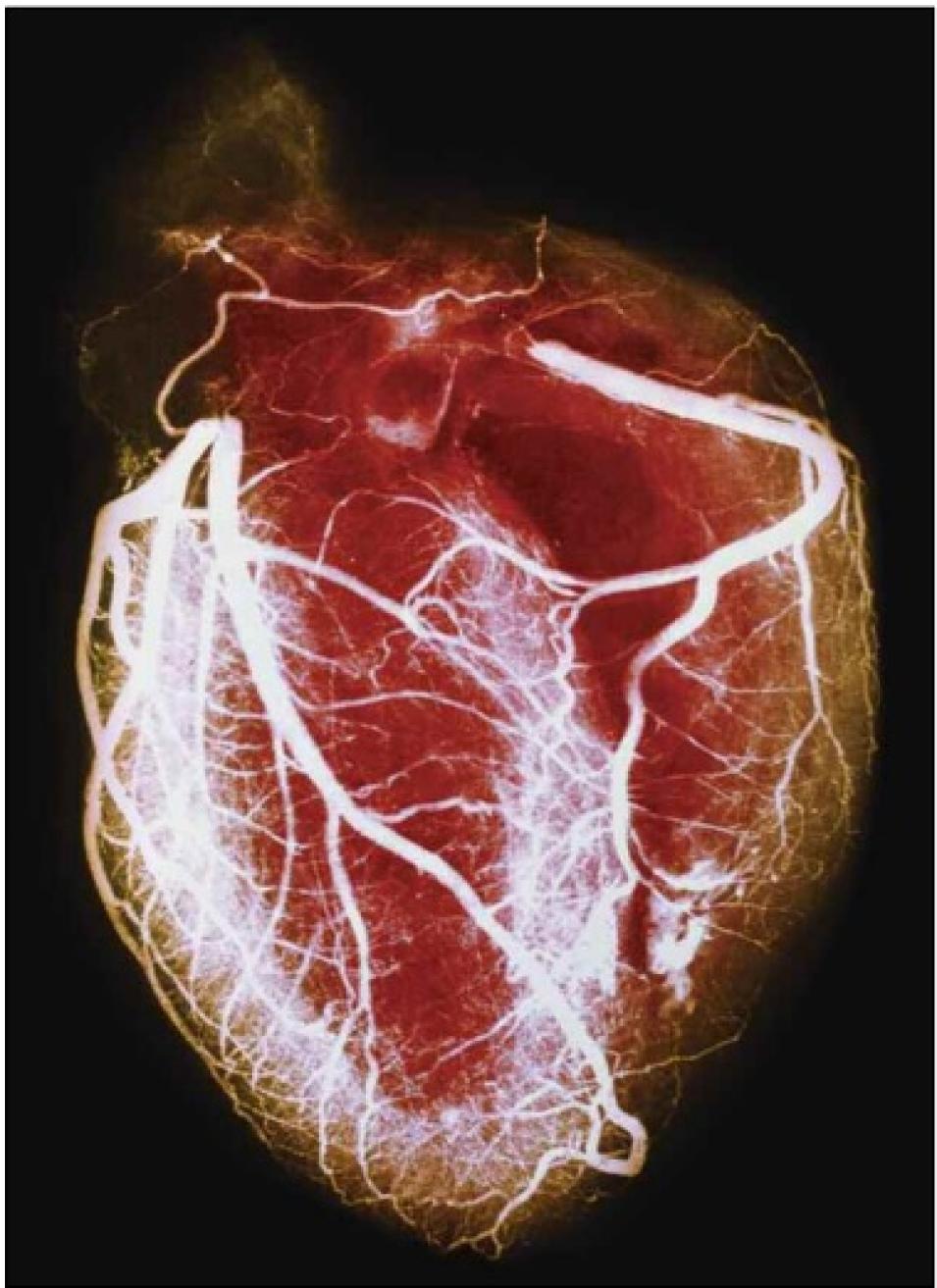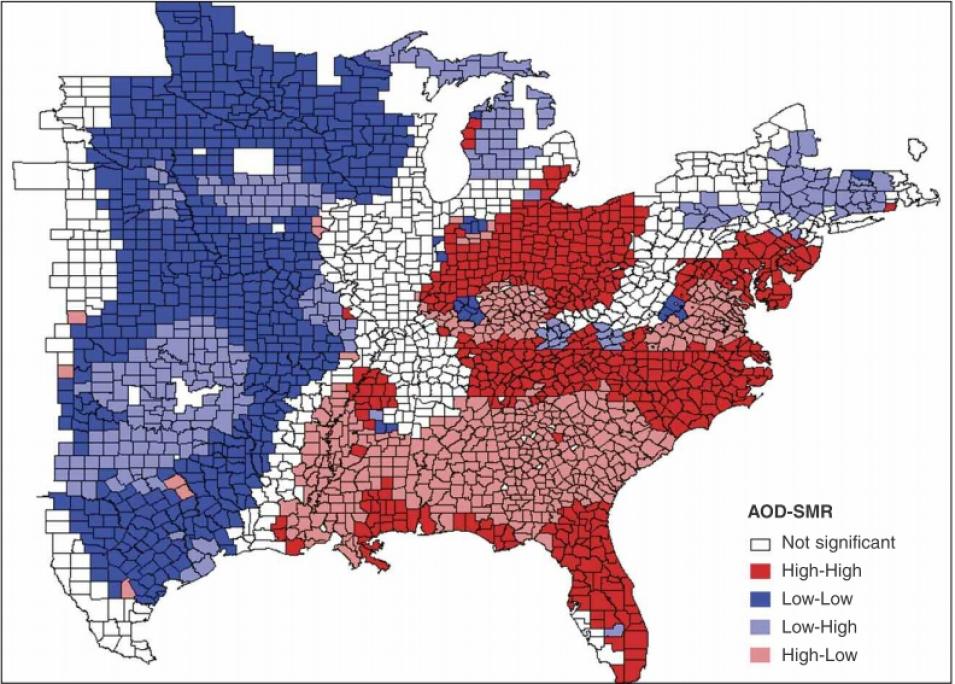Besides its spatial and temporal coverage, Hu sees several advantages to satellite remote sensing data. It presents the possibility that satellite air quality data can point at health trouble spots. “Remote sensing can fill data gaps, where health data and other pollution monitoring are not available,” he said. The environmental data also add to the increasing evidence of a pollution-heart disease connection that can stimulate further biological studies. And aggregated data on disease is in many ways more similar to a satellite pixel than to point data from a ground instrument.
Hu’s work does not prove that air pollution causes heart disease. He said, “My research is indicative, not causative. I am a geographer, not a biomedical scientist; we do research from different perspectives. Mine is ecological, geographic, from space.” He hopes that his research stimulates more inquiry into both health and into satellite monitoring of air quality. “This kind of research could help governments around the world make policies to target polluted areas in the interest of public health,” he said.
With increasing evidence that links air pollution to heart disease, public health agencies are working to educate people in ways that will protect public health. Lanza said, “We put out public information on ways to reduce particulate matter in the air. We’ve helped get anti-idling laws for commercial trucks, and promoted the benefits of electric lawnmowers and leaf blowers, for example.” Research on pollution and health also provides compelling evidence for bigger efforts to reduce pollution. Lanza said, “We worked with the local coal plant, which was grandfathered in and did not have to comply with EPA [Environmental Protection Agency] standards. They have decided to spend almost a billion dollars installing scrubbers to reduce their emissions.” In the near future, Lanza and other health officials will be monitoring the 2010 Gulf oil spill for air quality degradation and long-term health effects. “It’s still too early to know,” Lanza said.
Of Hu’s study, Lanza said, “It is one way of looking at a disease causation that will be useful because it is a lot less expensive than prospective studies. It’s a fifty thousand foot view.”
References
Brook, R.D. et al. 2004. Air pollution and cardiovascular disease: A statement for healthcare professionals from the expert panel on population and prevention science of the American Heart Association. Circulation 109: 2,655-2,671, doi:10.1161/01.CIR.0000128587.20041.C8.
Environmental Protection Agency. Basic information: Particulate matter. https://www.epa.gov/pm-pollution.
Hu, Z. and K.R. Rao. 2009. Particulate air pollution and chronic ischemic heart disease in the eastern United States: a county level ecological study using satellite aerosol data. Environmental Health 8:26, doi:10.1186/1476-069X-8-26.
For more information
NASA Level 1 and Atmosphere Archive and Distribution System Distributed Active Archive Center (LAADS DAAC)
Moderate Resolution Imaging Spectroradiometer (MODIS)
| About the remote sensing data |
| Satellites |
Terra and Aqua |
| Sensor |
Moderate Resolution Imaging Spectroradiometer (MODIS) |
| Data set |
MODIS Level 2 Aerosol |
| Resolution |
10 kilometer |
| Parameter |
Aerosol optical depth |
| DAAC |
NASA Level 1 and Atmosphere Archive and Distribution System Distributed Active Archive Center (LAADS DAAC) |


